Write: Staying rooted in the memory and feeling of the specific situation, we respond to six prompts to capture our stressful thoughts in short, simple sentences. 1. We identify the emotion we feel, with whom, and why. For example, "I am angry with Paul because he lied to me." 2. We identify how we want the person to change and what we want them to do. For example, "I want Paul to see that he is wrong. I want him to stop lying to me." 3. We write down our advice for the person. For example, "Paul shouldn't frighten me with his behavior. He should take a deep breath." 4. We write down what we need in order to feel better about the situation. For example, "I need Paul to stop talking over me. I need him to listen." 5. We list our complaints about the person or the situation. For example, "Paul is a liar, arrogant, loud, dishonest, and unaware." 6. We write down what it is about the person or situation that we don't ever want to experience again. For example, "I don't ever want Paul to lie to me again. I don't ever want to be disrespected again." As we express our feelings in writing, we should allow ourselves to be as petty, judgemental, or childish as we may feel without censorship; this is our opportunity to discover our true emotions from that moment.
Turn It Around: Finally, we practice turning around each of our statements to find multiple opposing statements and consider whether they may be as true as or truer than our original thoughts. A statement often can be turned around to the self, the other, the opposite, and written in contrasting language. Each statement will be different--some have one or two opposites, some have four or more--don't force any that don't make sense. Sometimes to find a good turnaround, we can replace the subject with "my thinking." For example instead of, "My body should be more flexible," we can say, "My thinking should be more flexible." For turnarounds to the sixth prompt about what we never want to experience again, turnarounds can begin with "I welcome..." or "I look forward to..." For the above example, "Paul lied to me," we may find the following four turnarounds, "I lied to me. I lied to Paul. Paul didn't lie to me. Paul told me the truth." As we consider the truth and validity of the opposing statements, we should stretch ourselves to identify any examples or evidence that could support them. In this example we can explore how the deception was really our own wanting to believe, our own self-deception. We can explore how clear and honest we were with Paul in the situation. We can explore Paul's understanding and intentions, and his own truth in his lived experience. The Work of Byron Katie binds Satya, Santosha, Svadhyaya, and Brahmacharya as we examine the validity of our beliefs and look for other possibilities (Satya), we exercise mental inversions and create space for opposing viewpoints (Santosha), we recognize the possible differences and disparities between our interpretation of an event and how it may have been experienced by another (Svadhyaya), and we engage with The Work as an active practice in our aim to approach unity consciousness (Brahmacharya.) While The Work is challenging, this contemplative yoga bears beautiful fruits, and I encourage you to apply the practice once or twice a week, and to notice how your beliefs and experiences transform and evolve. Start with whatever experience is most prominent in your awareness, whatever has you most upset in this moment, whatever is most energetically charged, as there you will find the most helpful results. As we continue with the practice and work through different memories and situations, we may then begin to apply the practice to specific Anti-Racism work, checking in with our beliefs about what we're hearing in the news and how we interpret "the facts" of any given situation. Enjoy the practice, and please let me know how it goes. Namaste ~ Teagan
0 Comments
Derived from the Sanskrit root Yuj, which translates to attach, join, harness, or yoke, Yoga means union or coming to oneness, and speaks to how our personal experience intrinsically intertwines with the diverse realities of others. Karma means action, act, work, or deed, but differs from Kriya, which also translates as action, deed, or effort. Whereas Kriya refers more to an activity, practice, or technique in terms of applying effort and taking steps in action, Karma ecompasses a broader view of an action’s impact, accounting for the actor’s intention, and the action’s effect and result. Karma Yoga means approaching oneness through how we act with awareness around our intent and our impact.
Ram Dass taught that, “We are complex entities in the fact that part of us is separate from everything else, and part of us is not separate from everything else. That is, we are both a group of separate entities, and we are an awareness that is manifested as many entities but it is only one.” Ram Dass said, “One could interpret life as an awakening journey back to unity, not to unity as opposed to diversity, but to the unity where unity and diversity are each contained in the other.” This understanding requires our practice with Santosha, as we need to entertain in our minds a sense of unity and a sense of diversity, not as poles in opposition, but as elements like yin and yang, each contained within the other. As we allow for both diversity and unity to coexist within each other, karma yoga asks us to honor our separateness while we invest our attention in our sense of unity-consciousness. It’s a question of whom we see when we look at others: Them? Us? Me? There’s a difference in our intention and our impact when we act from a place of separateness than when we act in an attempt to return to the one; both the way in which we perform the act changes, and the way in which the act affects us changes. We still act from a place of ego, and we still must honor our distinct differences, but when we start from a place of separateness and act in order to return to a unity experience, we begin to apply our actions as an offering. As Ram Dass said, “I work on myself as an offering to you. I serve you as a way of working on myself.” The Niyama Svadhyaya combines Sva, meaning one’s self, one’s own, the Ego, or human soul, with Dhyaya, which means meditating on, from the root Dhyai, to meditate, contemplate, or think of. Often yogis translate Svadhyaya as the study of self, self-reflection, introspection, or self-observation, but this limits our understanding in the context of our 7.8 billion world-population. These common translations miss the mark in that Sva means self in a broader sense, accounting for first person myself-ourselves, second person yourself-yourselves, and third person oneself-themselves. Svadhyaya means much more than self-study; Svadhyaya connotes contemplating the 7.8 billion distinct individual selves who inhabit our planet, building awareness and understanding around our differences in perspectives and experiences. In essence Svadhyaya means duality-consciousness, or cultivating self-awareness in reflecting on our separateness or duality.
The Yama Brahmacharya combines the Sanskrit root Brahman, which means eternal truth, ultimate reality, single binding unity, or universal consciousness, with Carya, which means moving toward, going after, following, engaging in, or occupying oneself with. Brahmacharya connotes the active practice and movement toward unity-consciousness. Often yogis equate Brahmacharya with conduct or observances consistent with the path to Brahman, managing energies, extremes, and cravings, especially around sexual abstinence, but we must understand that Brahmacharya entails more than a code of practices or behaviors. Brahmacharya means to actively and consistently pursue spiritual liberation through a lifestyle dedicated toward achieving unity-consciousness.
We must remember too that unity-consciousness depends upon everyone achieving this enlightened state; unity-consciousness by definition cannot be a solo endeavor. The mutuality around our efforts helps emphasize that there is no need to be austere in our earnest enterprise; we can maintain a playful attitude. A favorite teacher of mine likes to imagine that she remains the last person approaching unity-consciousness, and that everyone she encounters each day is actually a Buddha or Guru in disguise, posing lessons for her, and waiting on her to reach realization, that unity-consciousness finally may be achieved.
BrahmacharyaThe Yama Brahmacharya combines the Sanskrit root Brahman, which means eternal truth, ultimate reality, single binding unity, or universal consciousness, with Carya, which means moving toward, going after, following, engaging in, or occupying oneself with. Brahmacharya connotes the active practice and movement toward unity-consciousness. Often yogis equate Brahmacharya with conduct or observances consistent with the path to Brahman, managing energies, extremes, and cravings, especially around sexual abstinence, but we must understand that Brahmacharya entails more than a code of practices or behaviors. Brahmacharya means to actively and consistently pursue spiritual liberation through a lifestyle dedicated toward achieving unity-consciousness. We must remember too that unity-consciousness depends upon everyone achieving this enlightened state; unity-consciousness by definition cannot be a solo endeavor. The mutuality around our efforts helps emphasize that there is no need to be austere in our earnest enterprise; we can maintain a playful attitude. A favorite teacher of mine likes to imagine that she remains the last person approaching unity-consciousness, and that everyone she encounters each day is actually a Buddha or Guru in disguise, posing lessons for her, and waiting on her to reach realization, that unity-consciousness finally may be achieved. SvadhyayaThe Niyama Svadhyaya combines Sva, meaning one’s self, one’s own, the Ego, or human soul, with Dhyaya, which means meditating on, from the root Dhyai, to meditate, contemplate, or think of. Often yogis translate Svadhyaya as the study of self, self-reflection, introspection, or self-observation, but this limits our understanding in the context of our 7.8 billion world-population. These common translations miss the mark in that Sva means self in a broader sense, accounting for first person myself-ourselves, second person yourself-yourselves, and third person oneself-themselves. Svadhyaya means much more than self-study; Svadhyaya connotes contemplating the 7.8 billion distinct individual selves who inhabit our planet, building awareness and understanding around our differences in perspectives and experiences. In essence Svadhyaya means duality-consciousness, or cultivating self-awareness in reflecting on our separateness or duality. Karma YogaDerived from the Sanskrit root Yuj, which translates to attach, join, harness, or yoke, Yoga means union or coming to oneness, and speaks to how our personal experience intrinsically intertwines with the diverse realities of others. Karma means action, act, work, or deed, but differs from Kriya, which also translates as action, deed, or effort. Whereas Kriya refers more to an activity, practice, or technique in terms of applying effort and taking steps in action, Karma ecompasses a broader view of an action’s impact, accounting for the actor’s intention, and the action’s effect and result. Karma Yoga means approaching oneness through how we act with awareness around our intent and our impact. Ram Dass taught that, “We are complex entities in the fact that part of us is separate from everything else, and part of us is not separate from everything else. That is, we are both a group of separate entities, and we are an awareness that is manifested as many entities but it is only one.” Ram Dass said, “One could interpret life as an awakening journey back to unity, not to unity as opposed to diversity, but to the unity where unity and diversity are each contained in the other.” This understanding requires our practice with Santosha, as we need to entertain in our minds a sense of unity and a sense of diversity, not as poles in opposition, but as elements like yin and yang, each contained within the other. As we allow for both diversity and unity to coexist within each other, karma yoga asks us to honor our separateness while we invest our attention in our sense of unity-consciousness. It’s a question of whom we see when we look at others: Them? Us? Me? There’s a difference in our intention and our impact when we act from a place of separateness than when we act in an attempt to return to the one; both the way in which we perform the act changes, and the way in which the act affects us changes. We still act from a place of ego, and we still must honor our distinct differences, but when we start from a place of separateness and act in order to return to a unity experience, we begin to apply our actions as an offering. As Ram Dass said, “I work on myself as an offering to you. I serve you as a way of working on myself.” I will be exploring more around loosening our grip on personal identity in relation to dharma and service in terms of sustainability and divisiveness in my next article invoking Aparigraha and Tapas. Karma Yoga in Practice with ANti-RacismAs we practice anti-racism in an effort to relieve the suffering of BIPOC communities, let us remember Ram Dass’ sage wisdom: “I am working to help them and that, and at the same moment, I am working as a way to work on myself, realizing that until I am free of my identifications to my own attitudes, opinions, and separateness, my acts of necessity will be perpetuating some degree of divisiveness in the world. Even as I'm doing good, I will be also creating suffering. And in knowing that, I've got to work on myself and I can't stop until I’m enlightened because the dance goes on, and you can’t stop acting because you're in an incarnation, and the acting just keeps happening. So then, the only conclusion is, I will use my actions to work on myself as an offering back into the system. I work on myself as an offering to you. I serve you as a way of working on myself. And that double whammy, or that double investment, or that double process, means that the more you serve, the emptier of identification you get when you’re doing karma yoga properly. And the freer of identification with your own separateness you get, the more you're being fed. And the more you're being fed, the more you can do, and the more you want to do, and the more joy you're having from it.” In practicing Brahmacharya, Svadhyaya, and Karma Yoga, we can address some common Spiritual Bypasses: denying diversity, discounting disparities, and avoiding accountability. Denying Diversity We may hear people say, “Do unto others as you would have them do unto you,” or “we are all one human race.” In these cases we need to practice Svadhyaya and remember that we need to honor and respect the diversity of our unique experiences. We should understand that what feels comfortable and safe to us, may not feel comfortable or safe to others. Often yogis get hung up on the fact that Yoga means Union, and forget that while our aim is achieving union, there are necessary steps to take to get there. Yes, we are all one human race, but the reality is that some of us enjoy privileges at the expense of the oppression of others. We need to be aware and sensitive to that. Let’s practice Satya with Svadhyaya and get honest about the reality of our current state of affairs and the reality of the experience of others, and practice Brahmacharya and Karma Yoga to move toward achieving equality and unity. Discounting Disparities We may hear people say “I don’t see color,” “All lives matter,” or, “We’re all in the same boat.” If we don’t see color, we are choosing to ignore that our systems demonstrate a pattern of benefiting some skin tones while prejudicing against other skin tones. While we may all be weathering the same strom, we certainly are not all in the same boat. While some of us relax in comfort in sturdy luxury yachts, others of us are struggling in the water, scrambling to keep afloat on whatever debris is within reach. If you have ever criticised Rose for her famous declaration “I’ll never let go,” as she allowed Jack to slip into the cold abyss in the wake of the Titanic when there was clearly room for two on that door, it’s time to take a look at our own vessels and get real about our capacity to accommodate. It’s time to recognize who has access to safe harbors and to identify who has been systematically left out at sea in dangerous open waters, made to battle to secure a solid place of safety. Avoiding Accountability We may hear people say “Good vibes only.” Yoga is a practice, and nobody ever promised that it would be easy. Yoga is not about blissing out on love and light; it’s about dedicating ourselves to our practice, showing up consistently, leaning in to discomforts, and sticking with our goals and commitments. The lightness, the bliss, comes only as a result of our earnest dedication and moving beyond blocks and obstacles. If we are committed to practicing yoga, we can’t pick and choose what’s comfortable and convenient; the Yamas and Niyamas encompass an important part of a complete practice; Brahmacharya & Svadhyaya are important elements in practicing Yoga and Karma Yoga. We must be willing to recognize the suffering, oppression, difficulty, violence, and tragedy happening all around us. We first must be willing to see, acknowledge, and process the reality of what's happening that we may come to a place of awareness and understanding. Then our practice becomes an invitation to build our capacity to hold space for these extreme polarities in lived experience, to apply our efforts to achieve remedies and resolutions, and to participate in actively supporting justice and healing. More Anti-Racism ResourcesAlthough I will continue to share resources that I am finding helpful personally as a white American woman new to the Anti-Racism movement, ultimately this is a personal practice. Practice mindfulness in engaging in conversations. Listen for what resonates, and for where you sense dissonance. Apply a critical eye to facts, statements, and the source of information. Watch out for bias and agendas, identify emotions and interests, and follow your instinct around what's inviting further investigation.
Those of you who read early versions of my article on Satya & Santosha may have noticed that my definitions evolved considerably as I continue to develop this Yamas & Niyamas Activism model. I’m giving myself permission to revise and rework, and pushing myself forward even before things feel ‘perfect’. This is the practice. Perfect is an illusion. There is no final destination; everything is always evolving. Let’s allow our awareness to expand, and our sense of truth to shift in alignment with our hearts. 💚🌿 Namaste 🙏 Teagan
|
Yoga & MeditationNo in-person yoga offerings for now as we focus on building our new space. You may join in contemplative practice here, or connect with other local practitioners in the Coco Yoga Community Facebook Forum.
Archives
August 2020
Categories
All
Sharing
|
|
© June 2020
Coco Yoga & Wellness
|
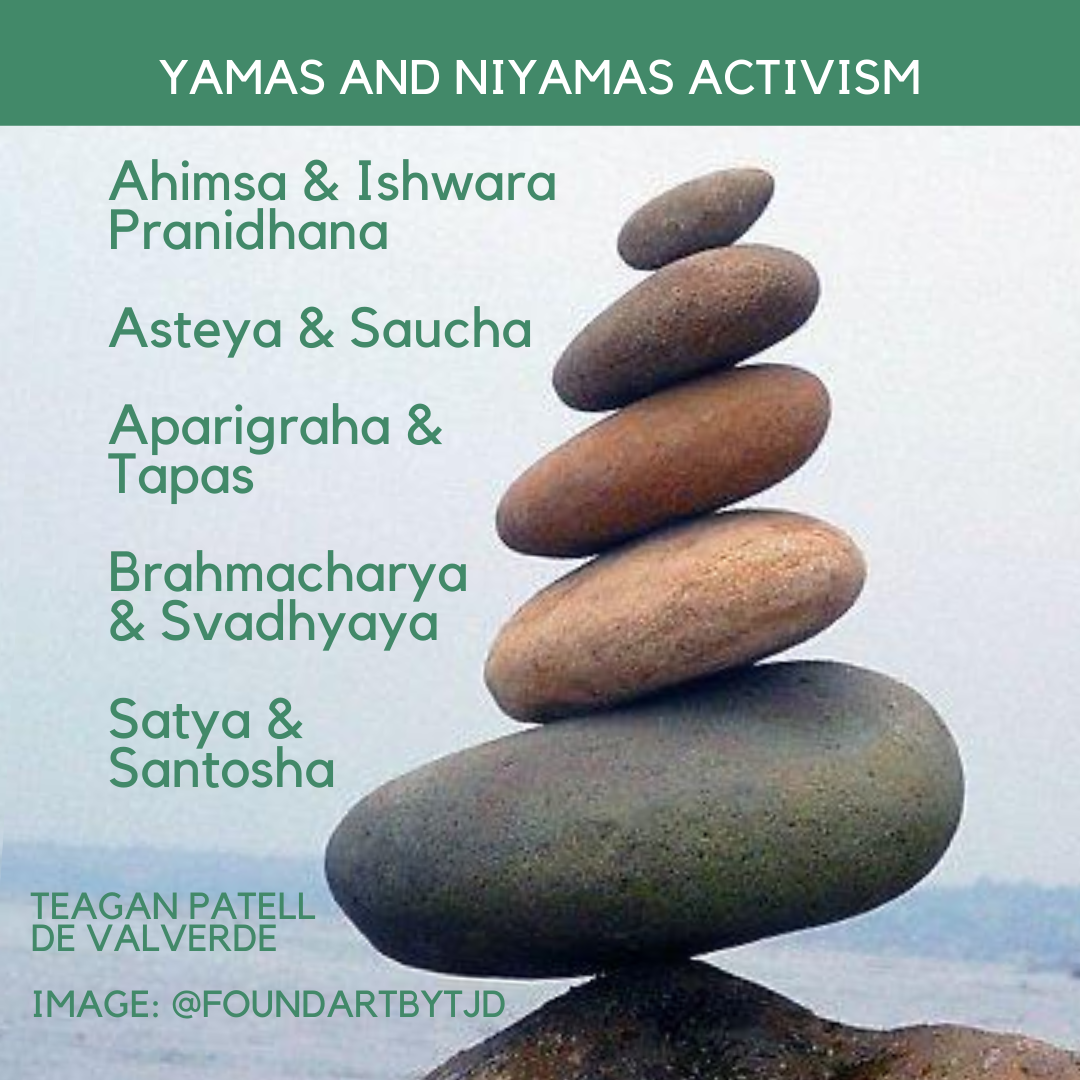
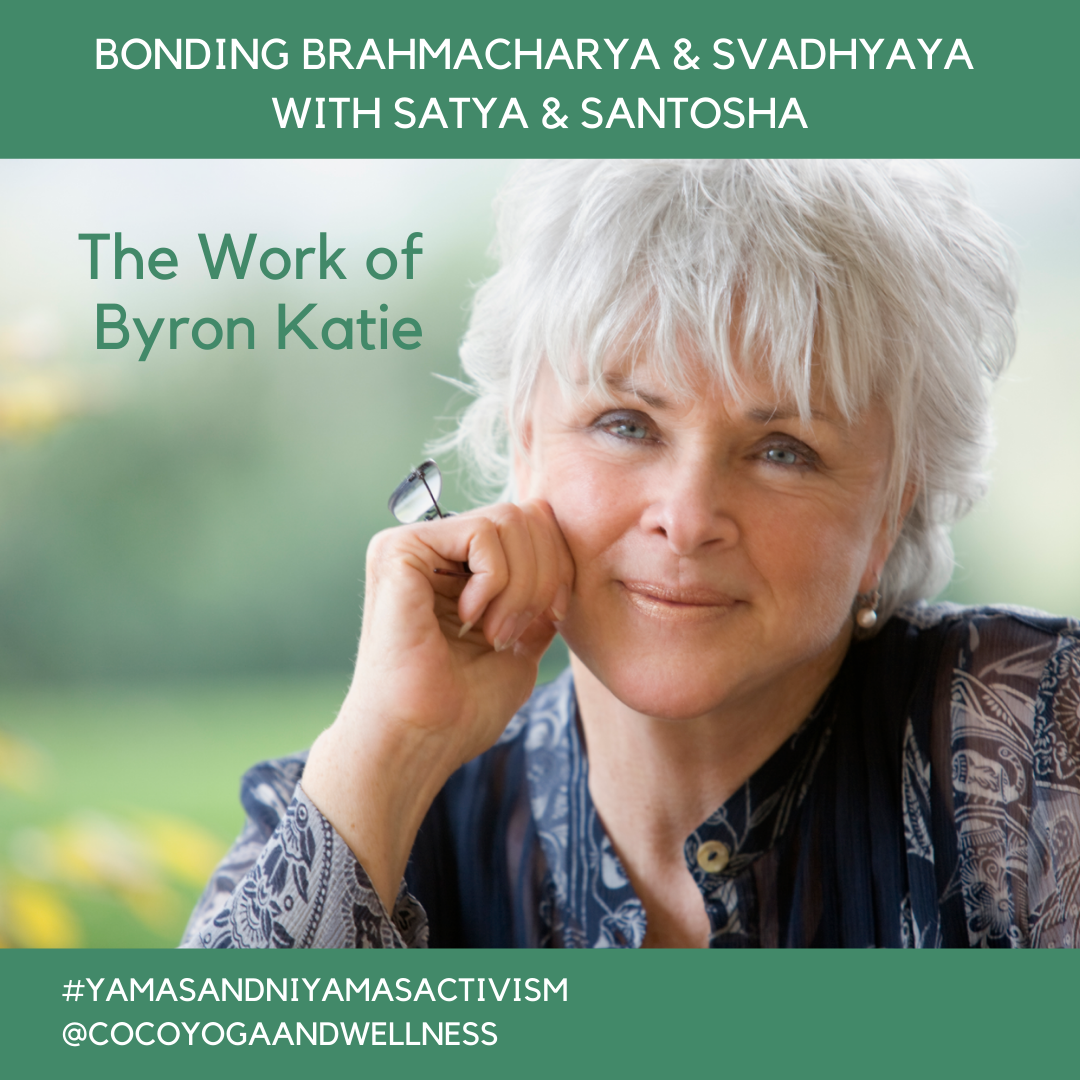
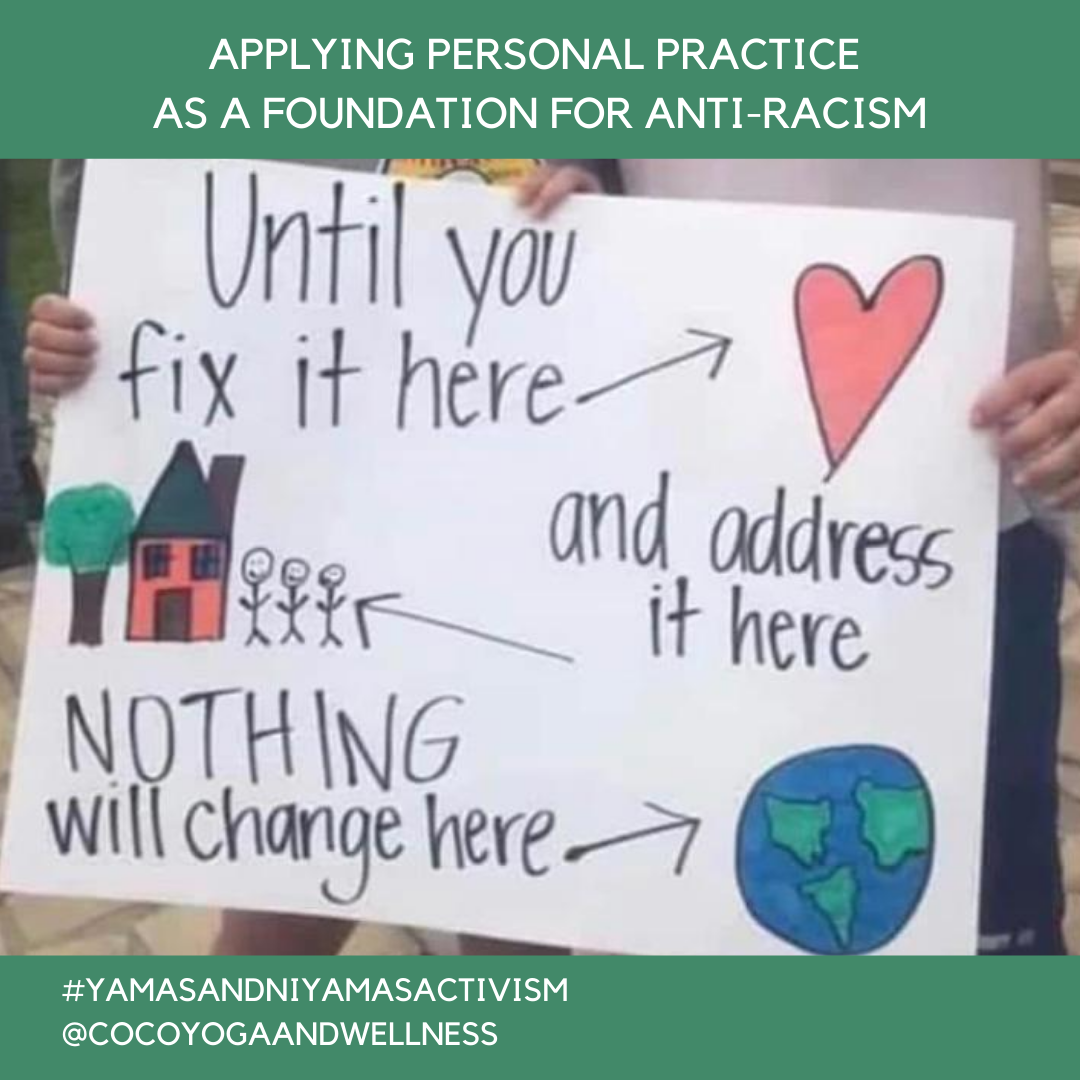
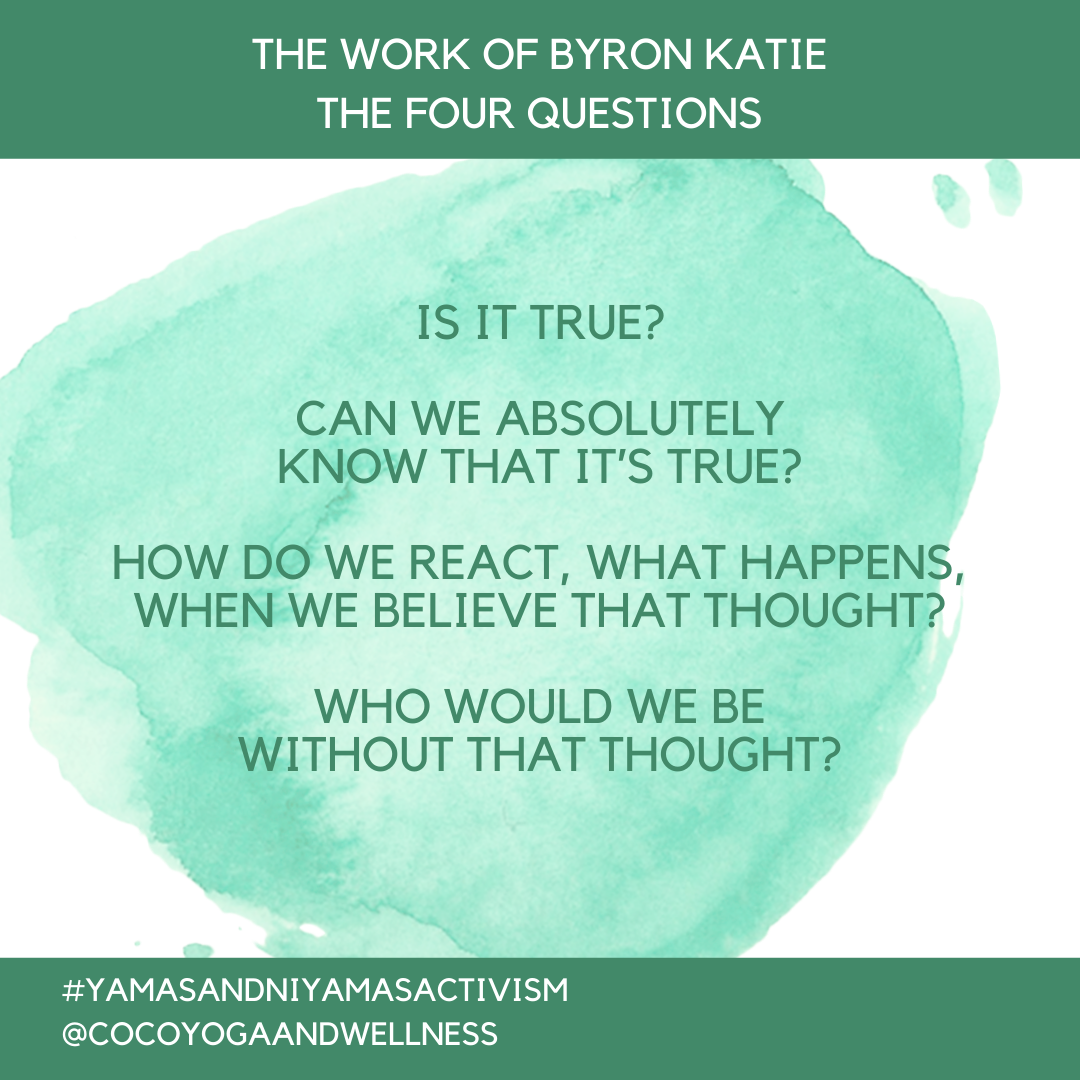
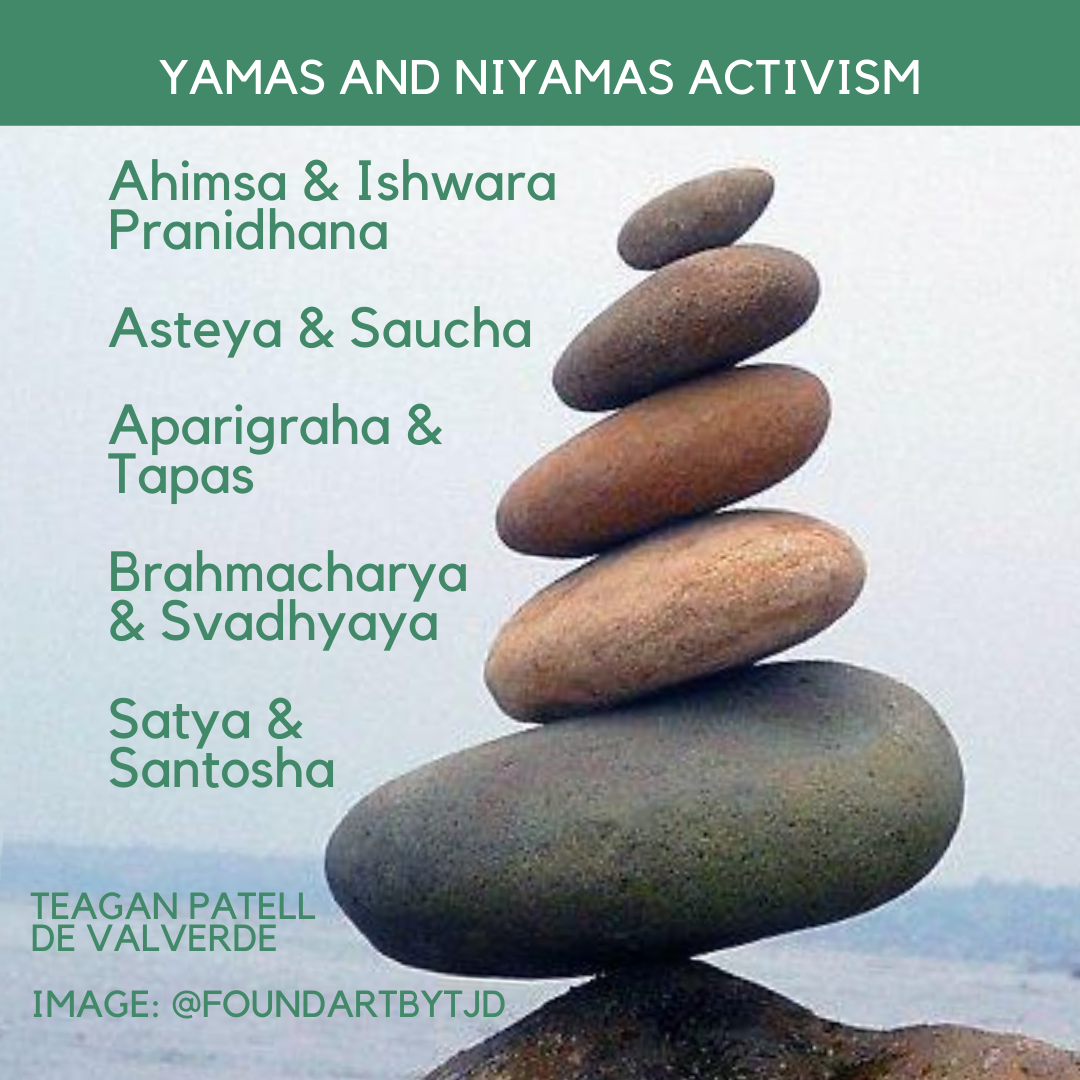

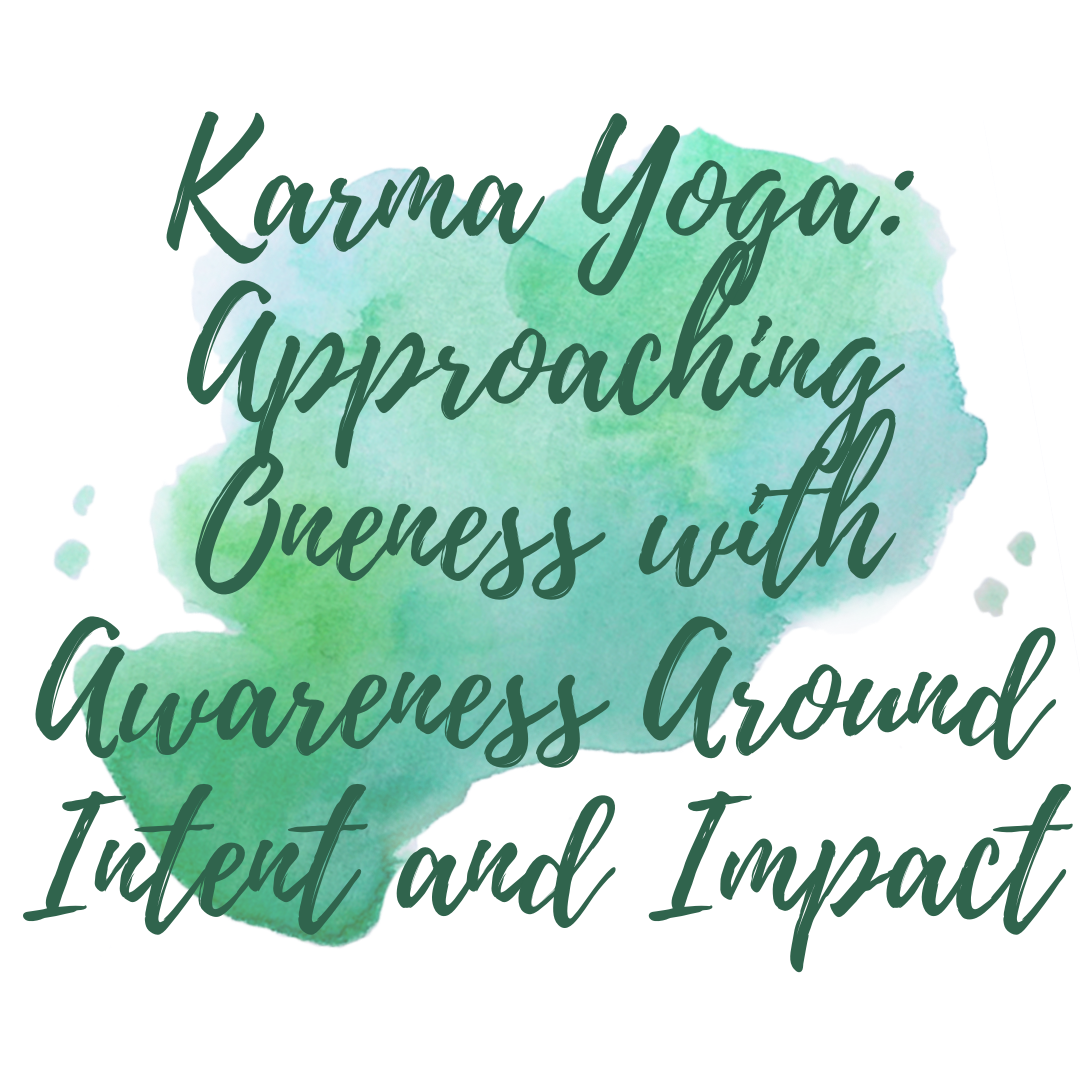
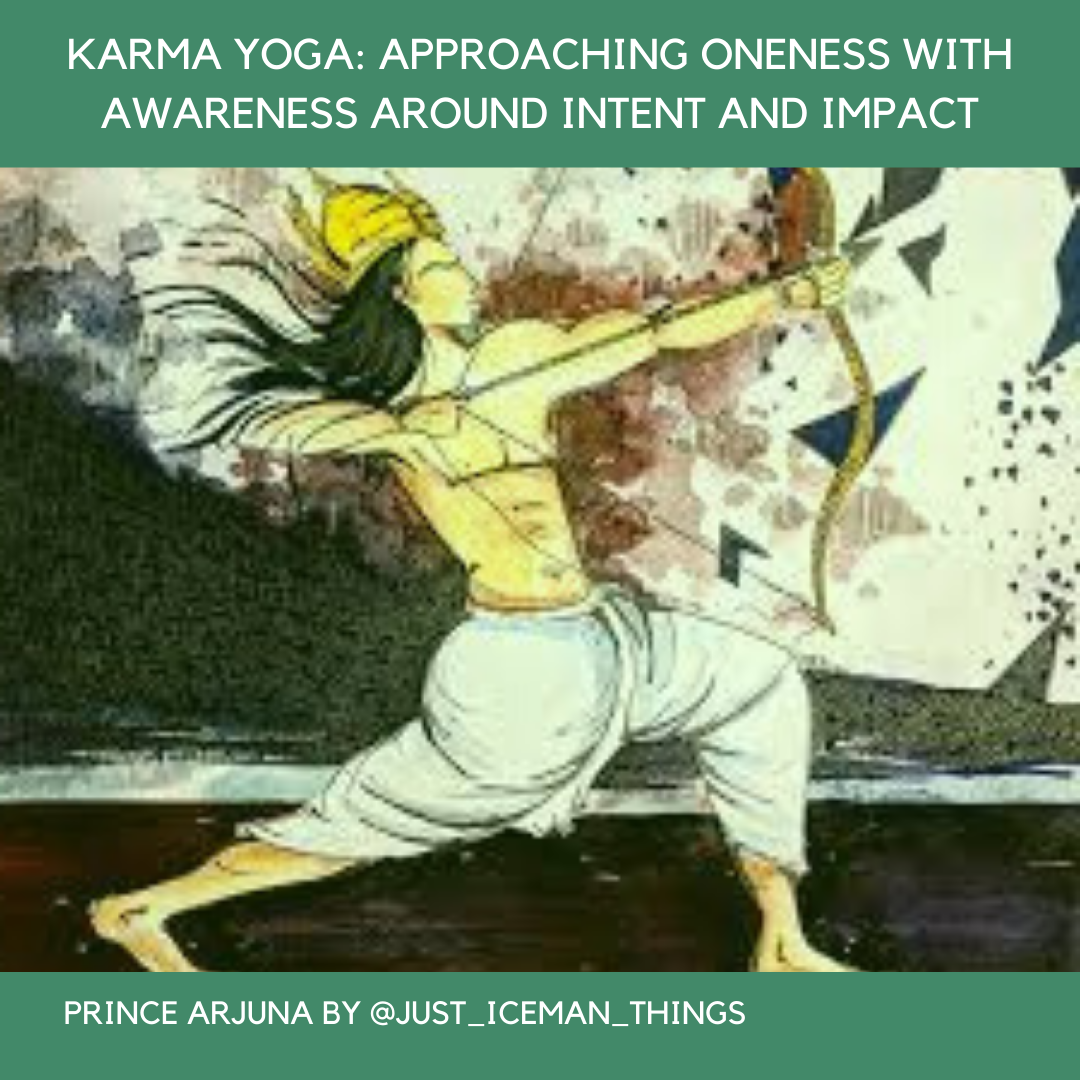
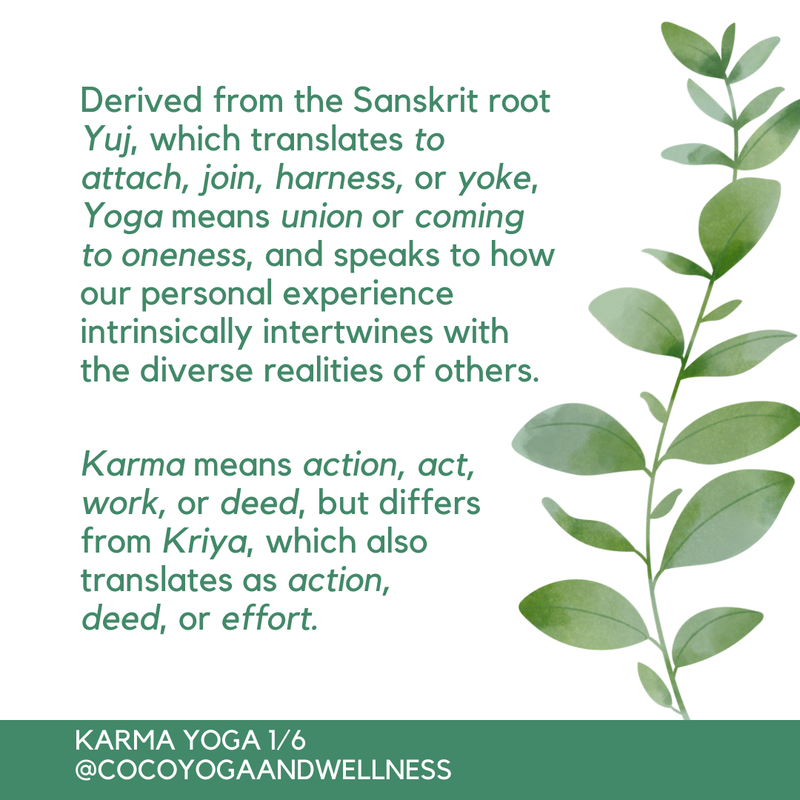
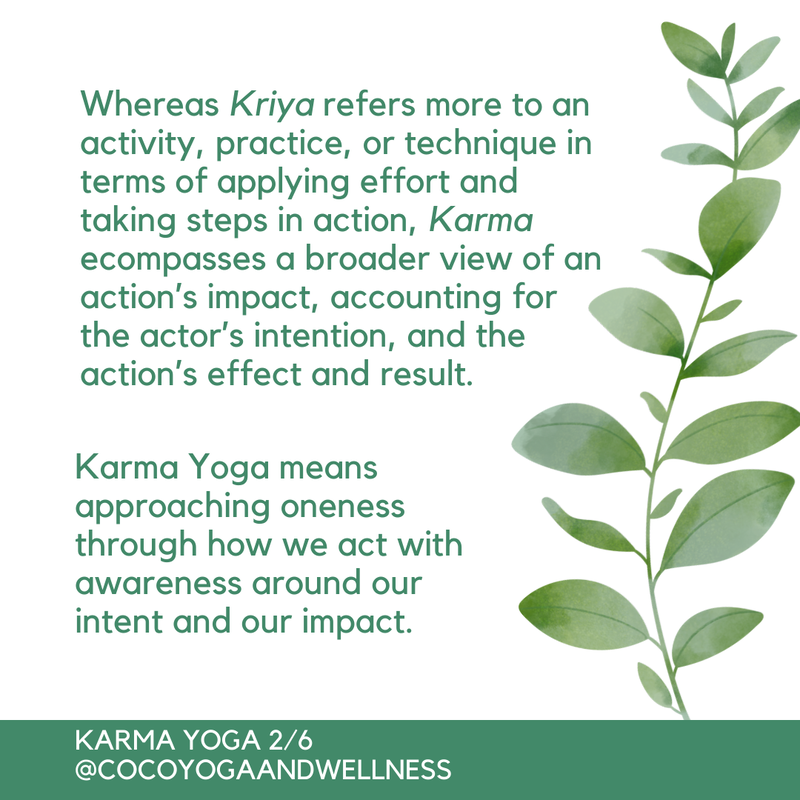
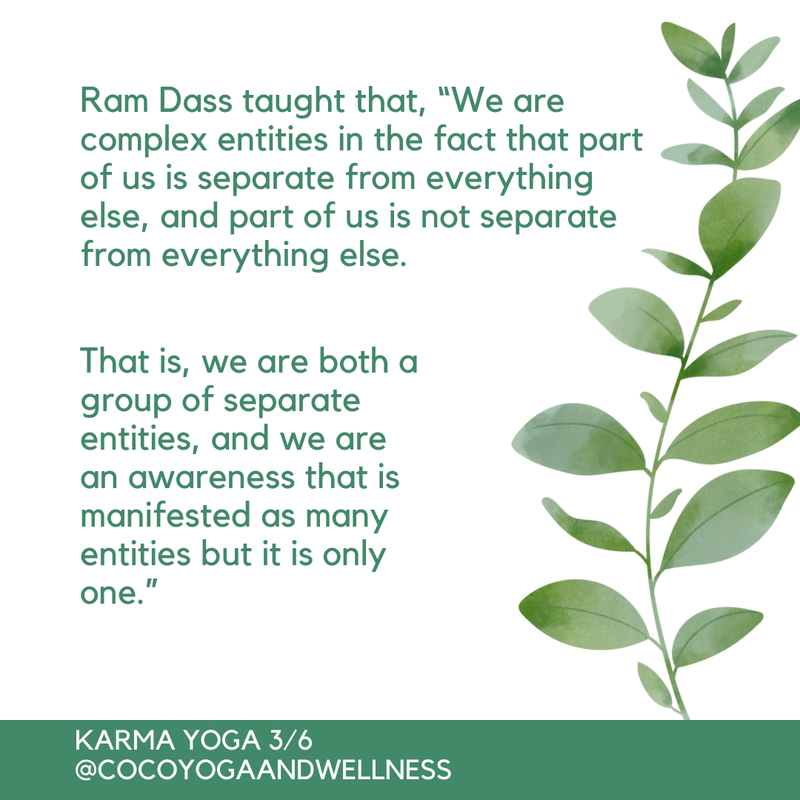
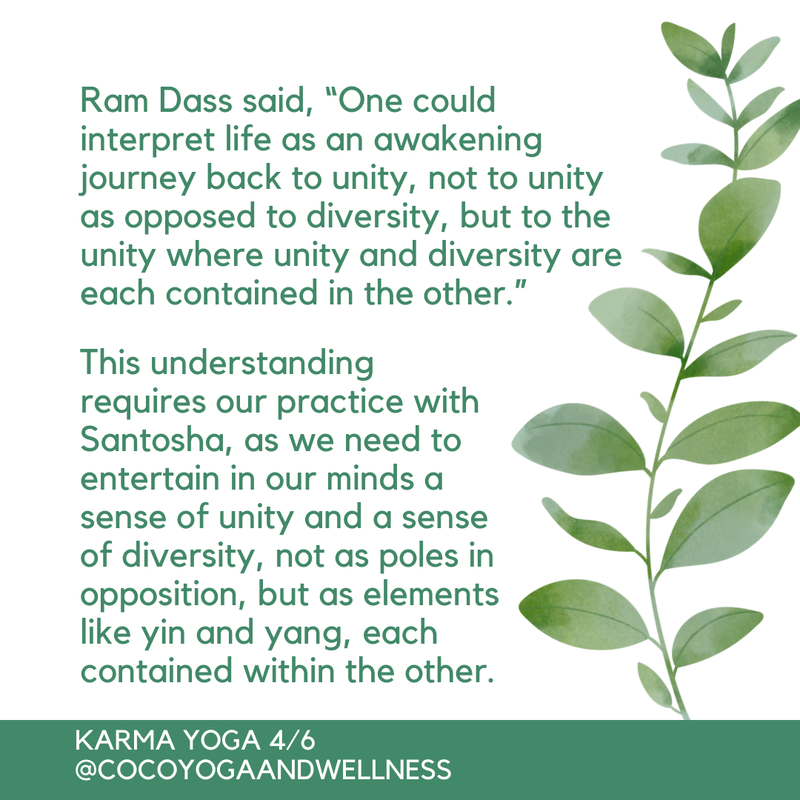
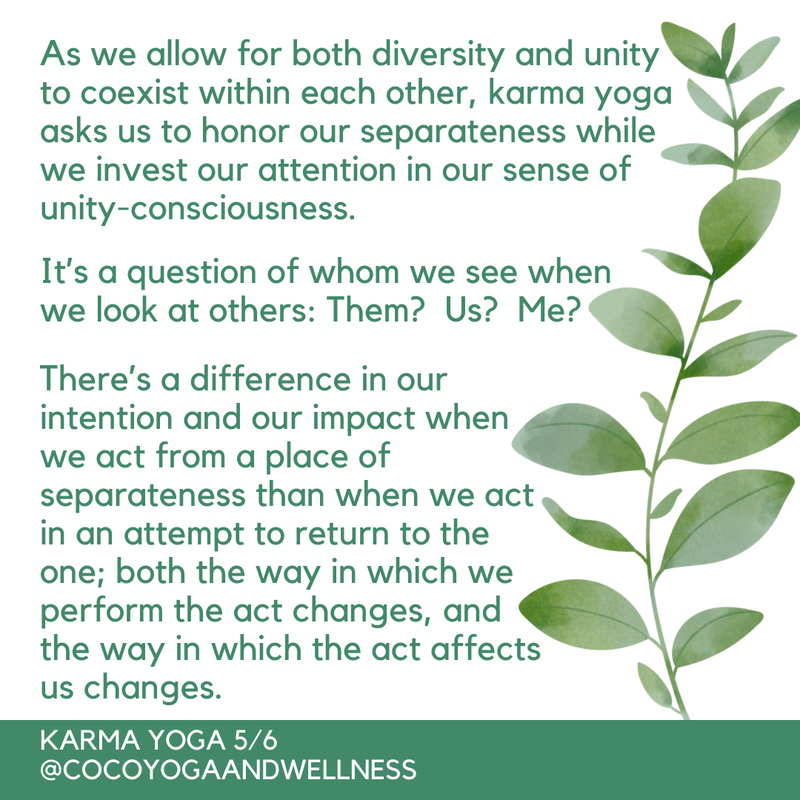
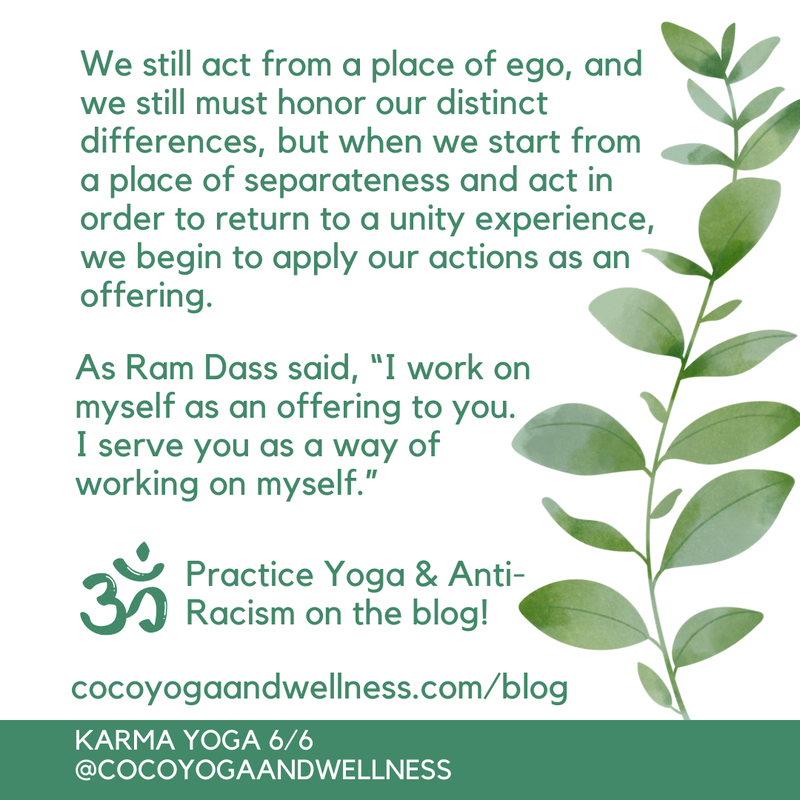
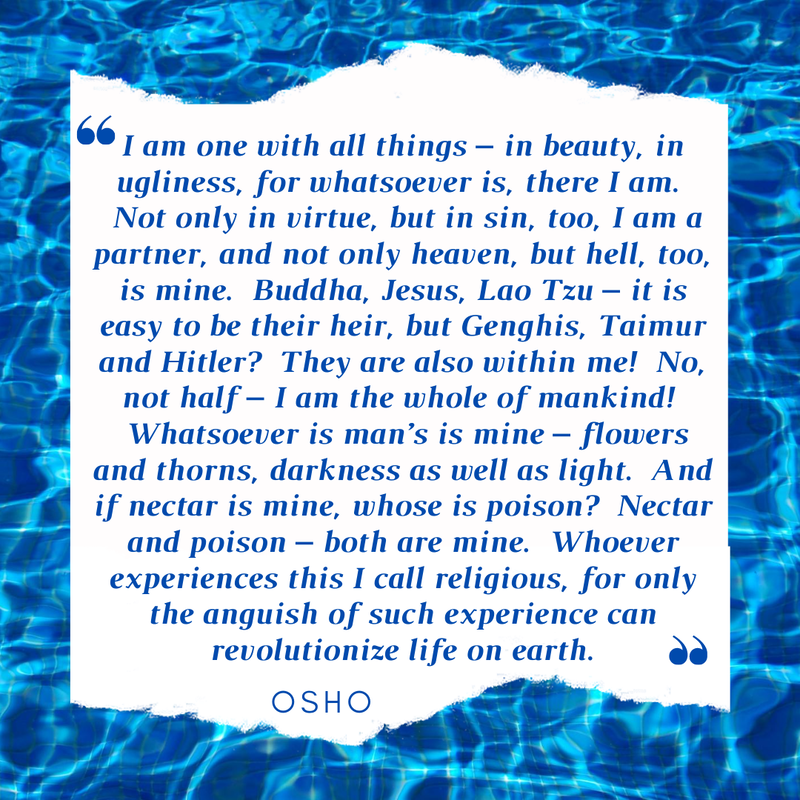
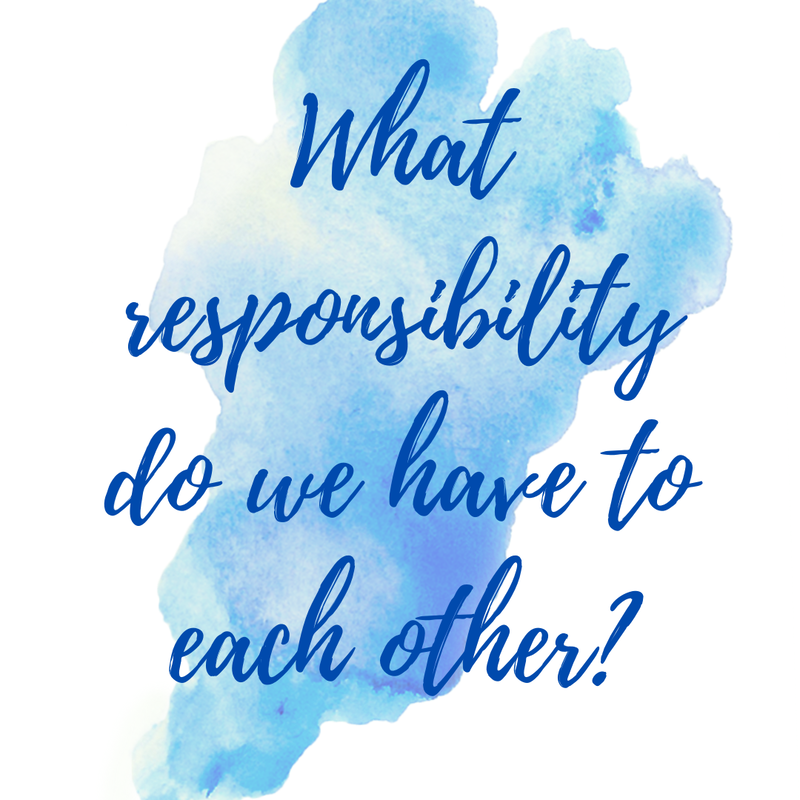
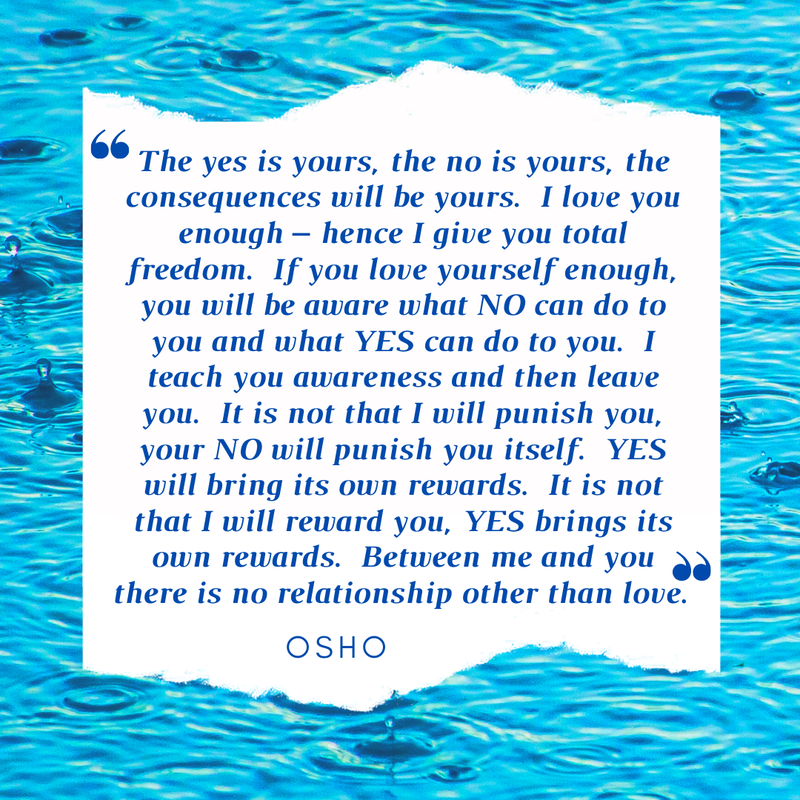
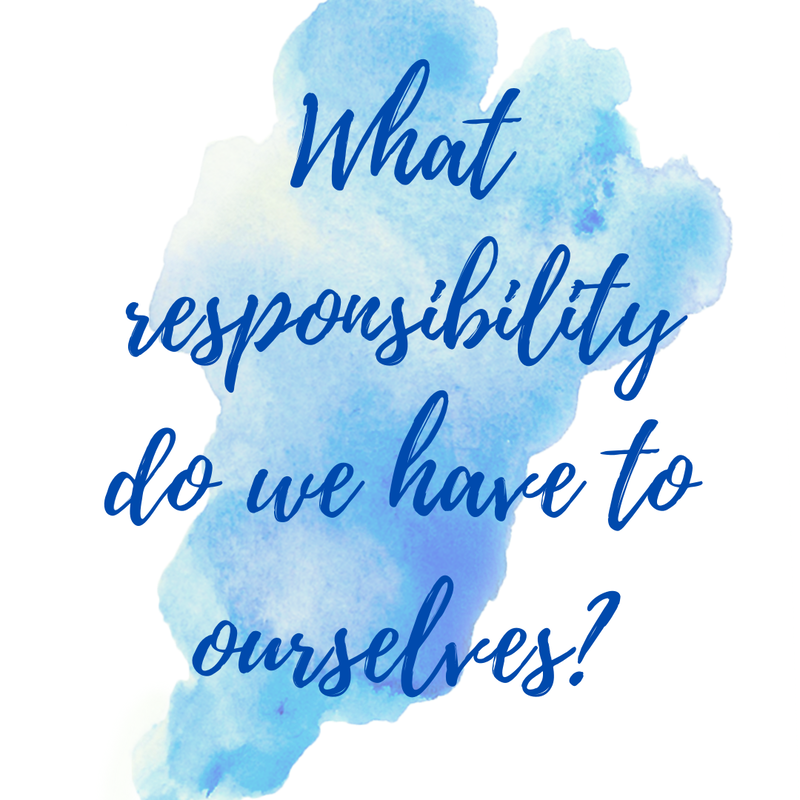
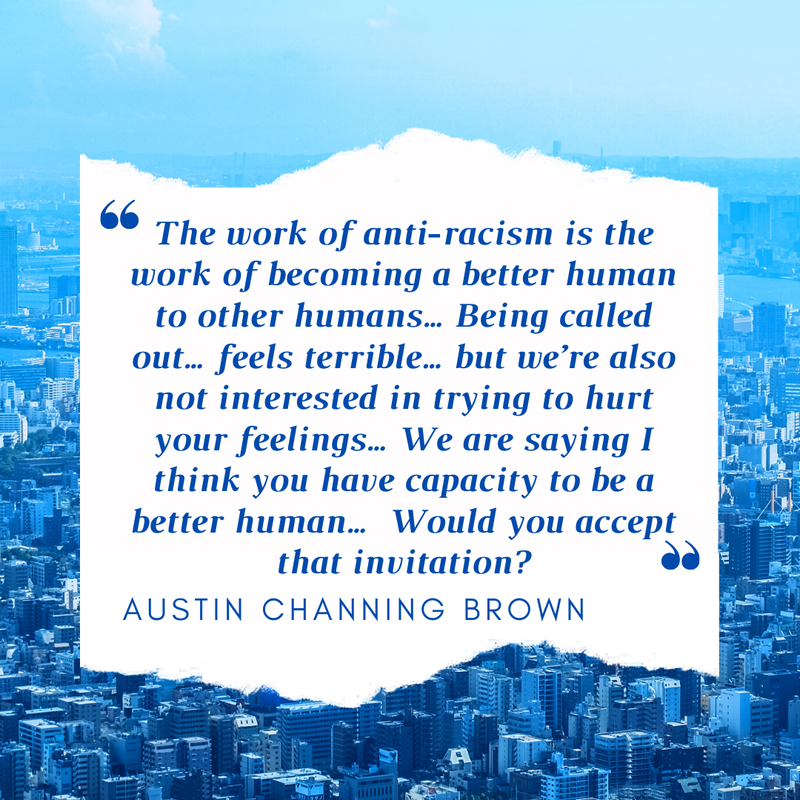

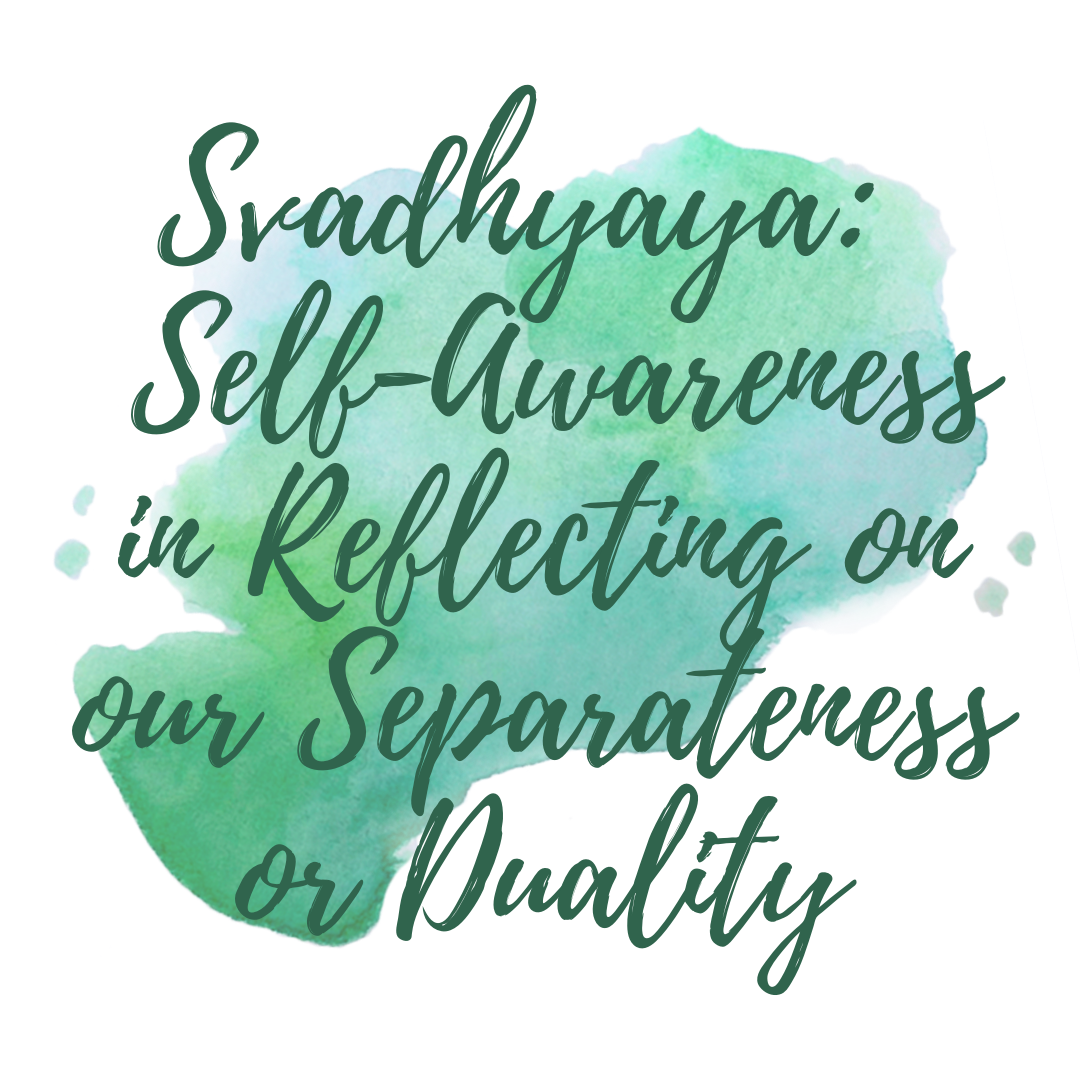

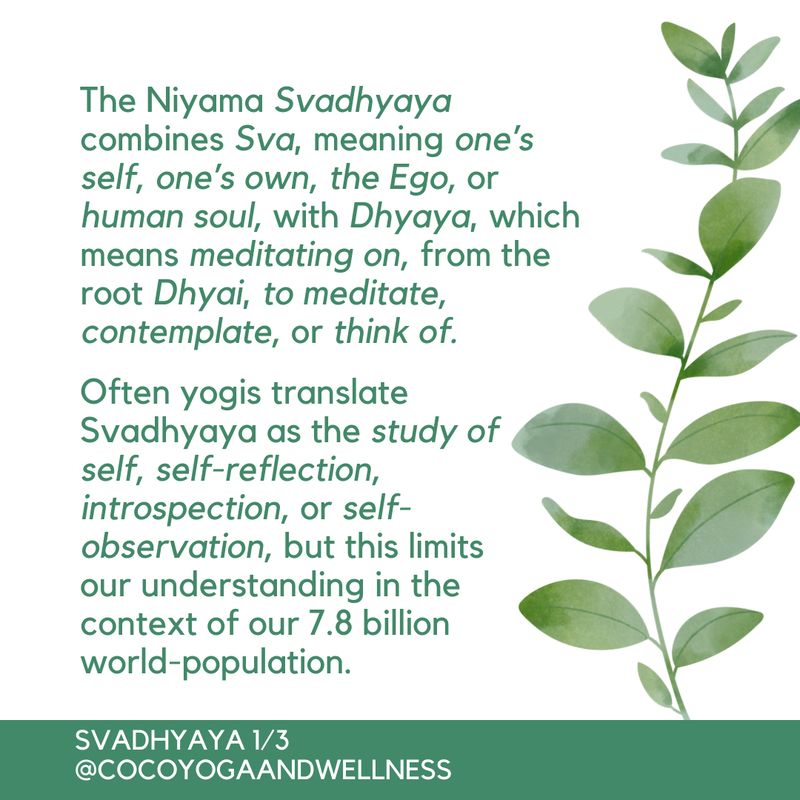
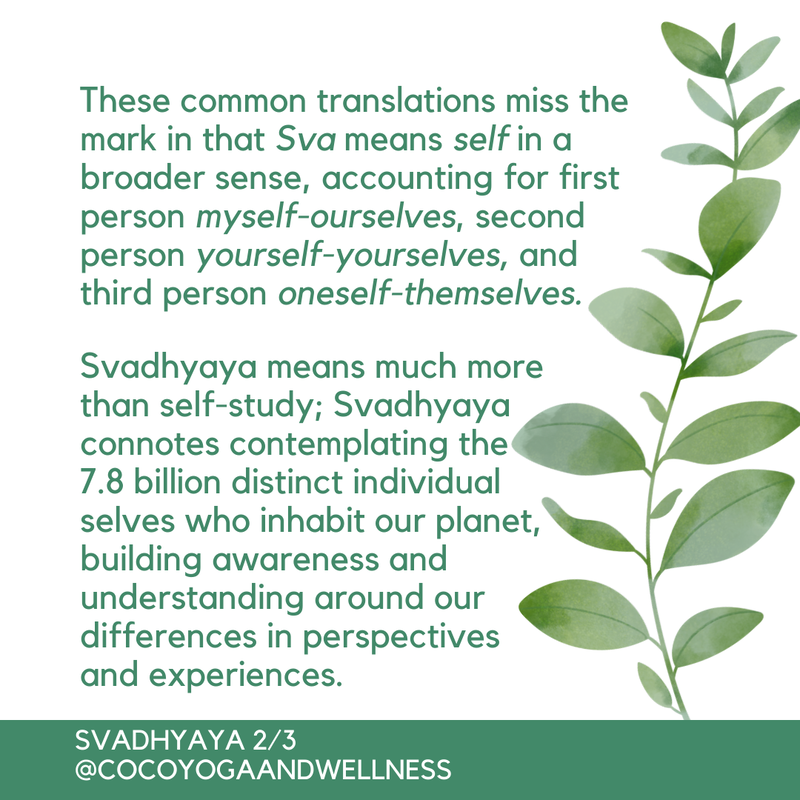
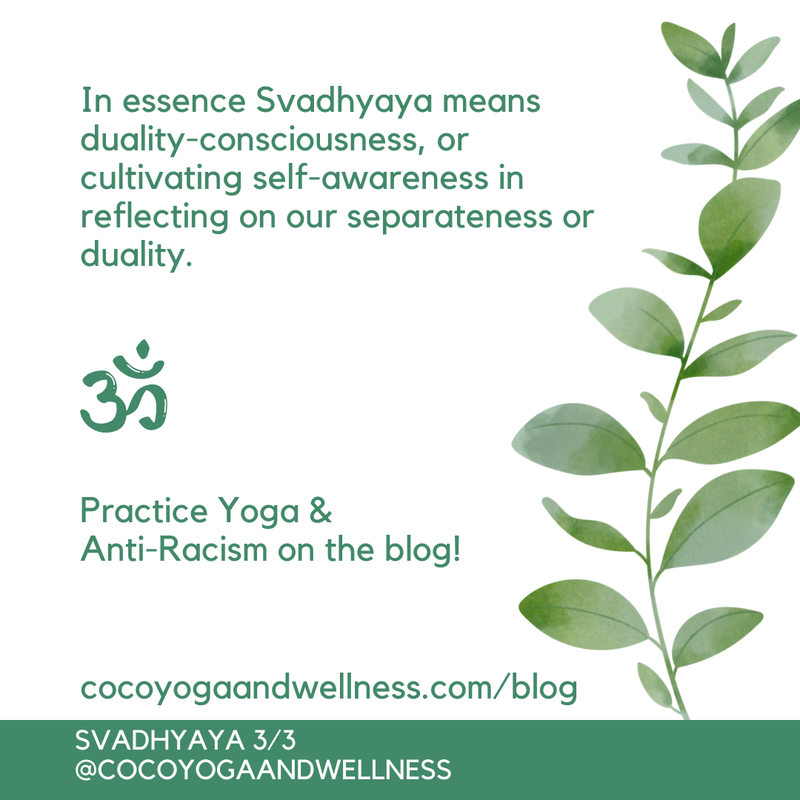
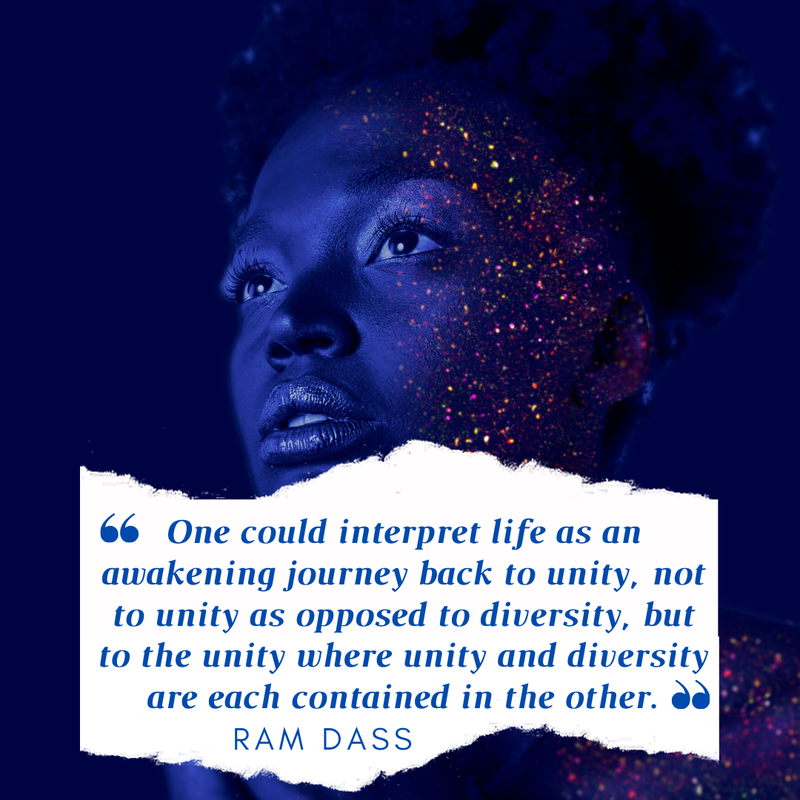
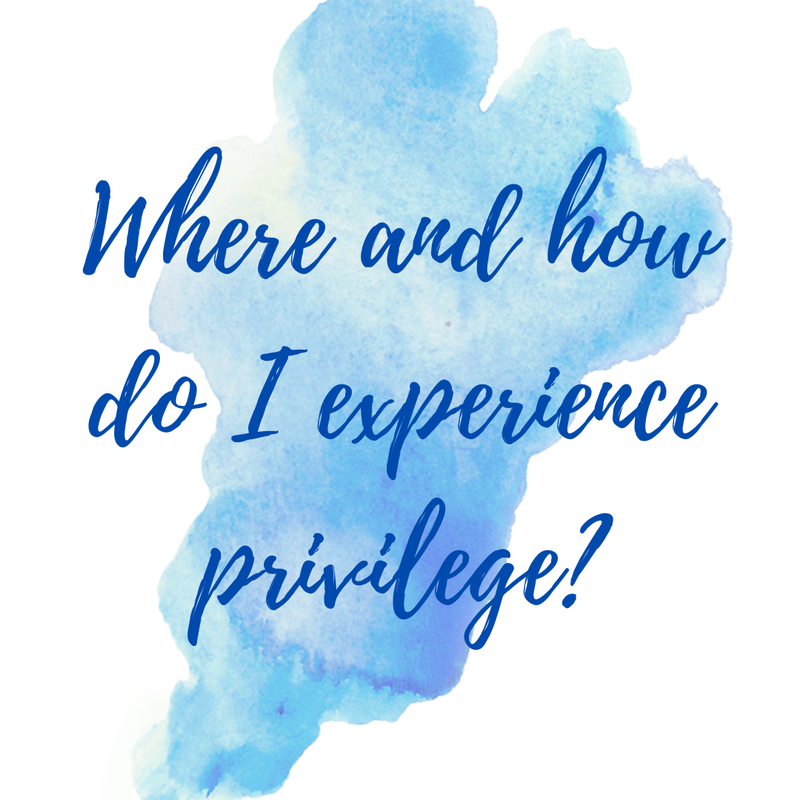
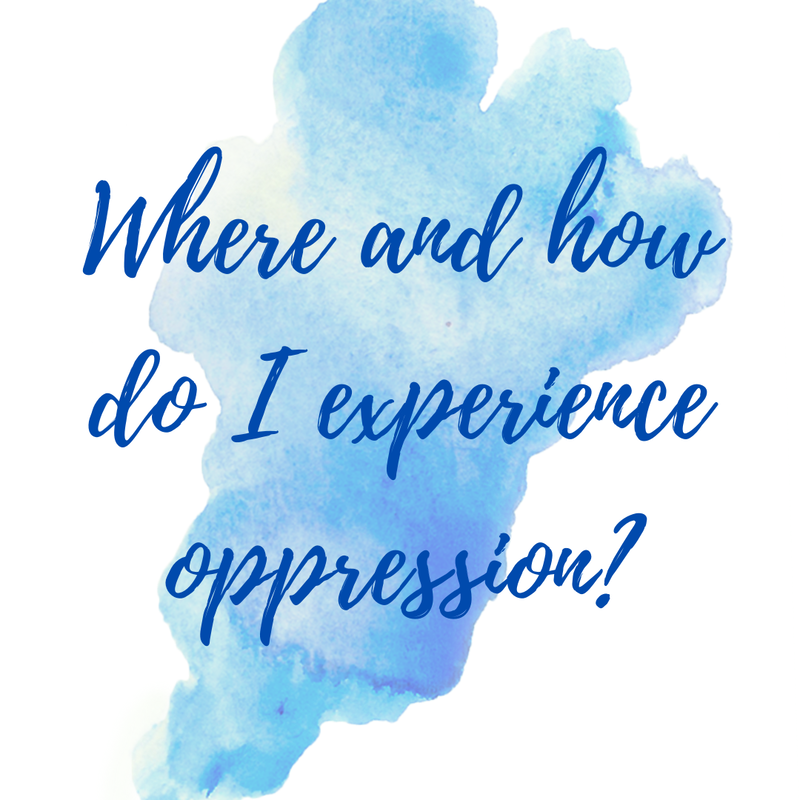
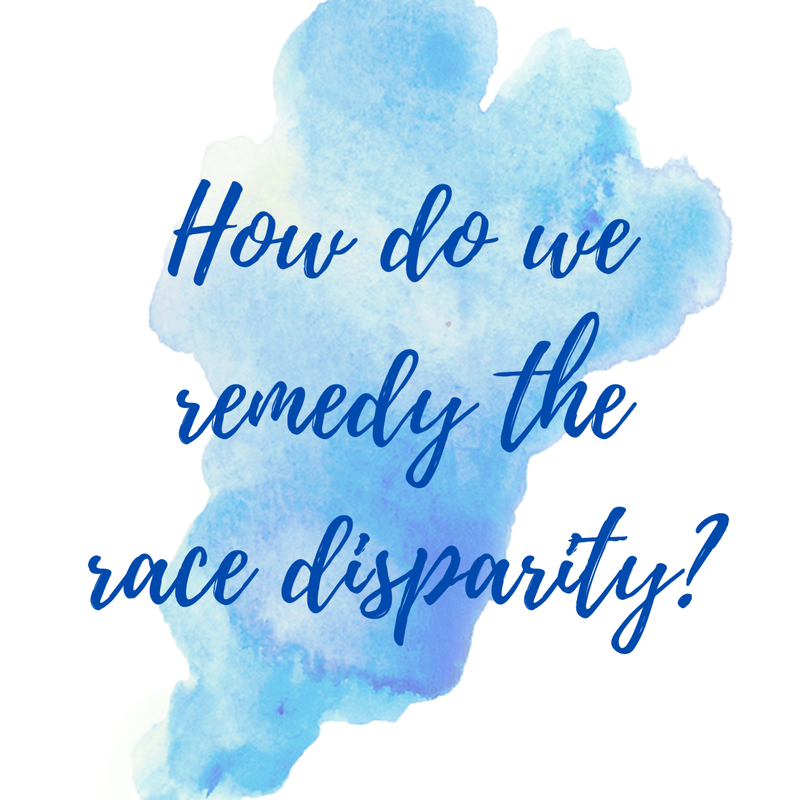
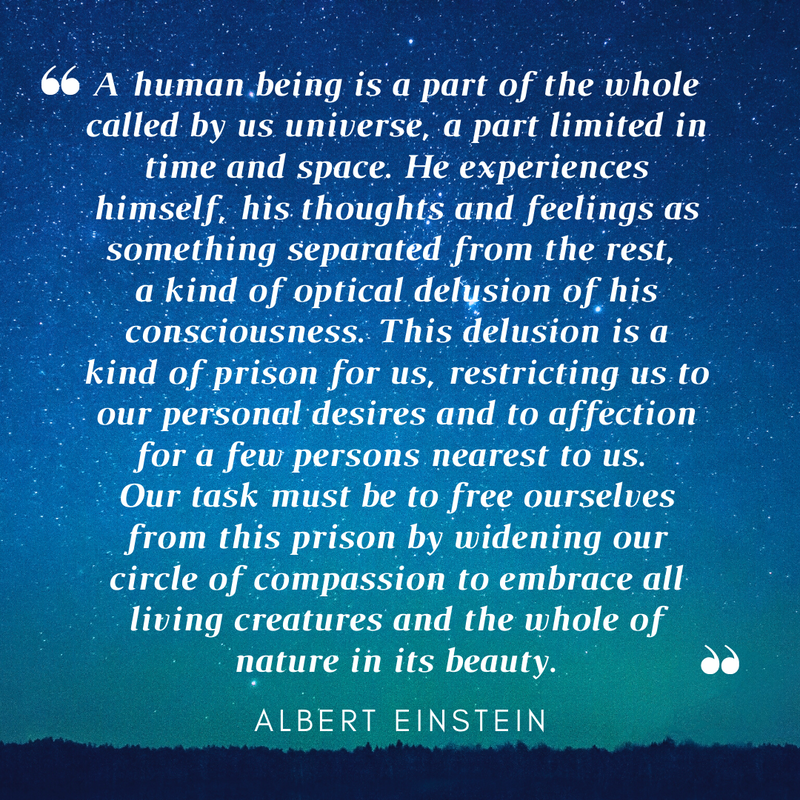
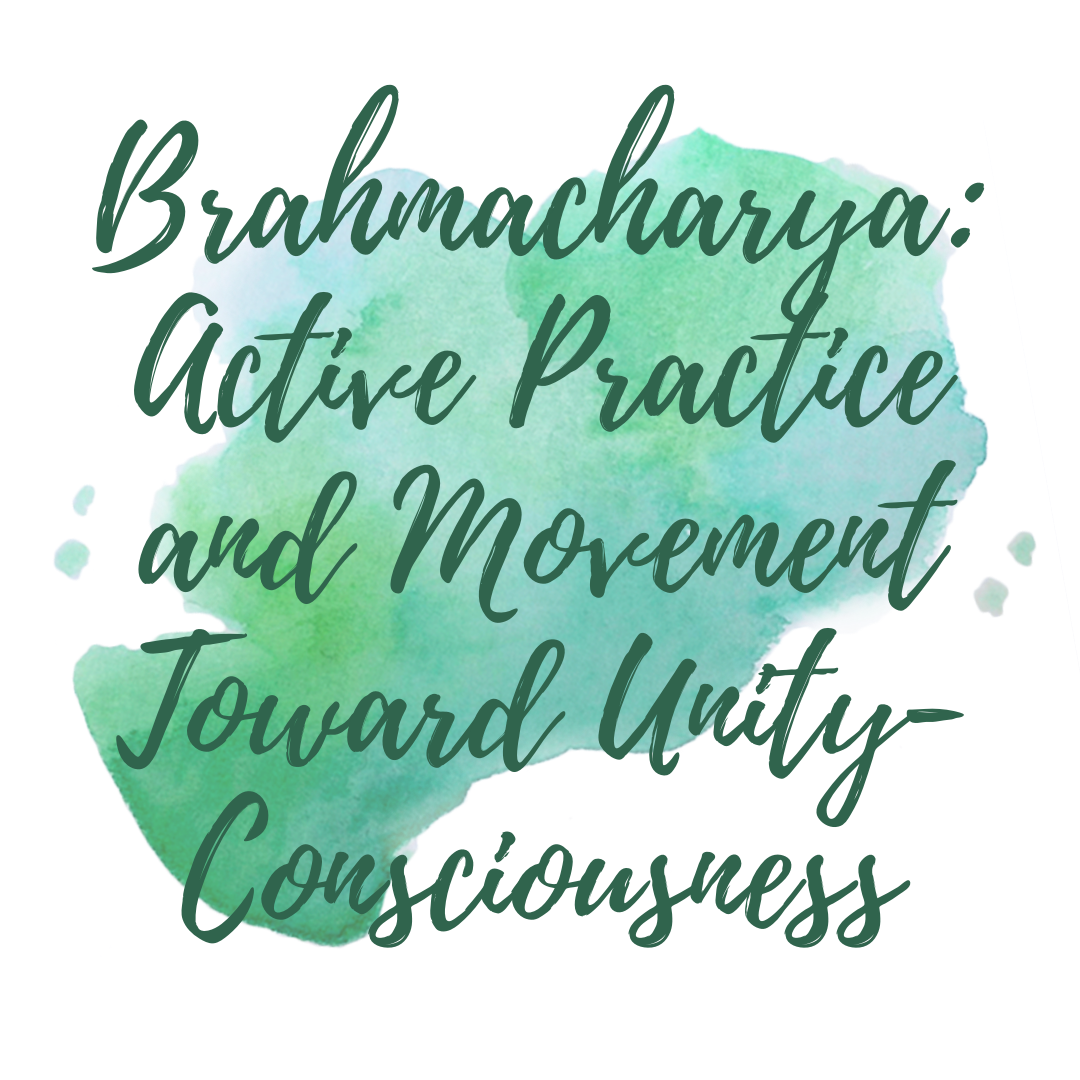
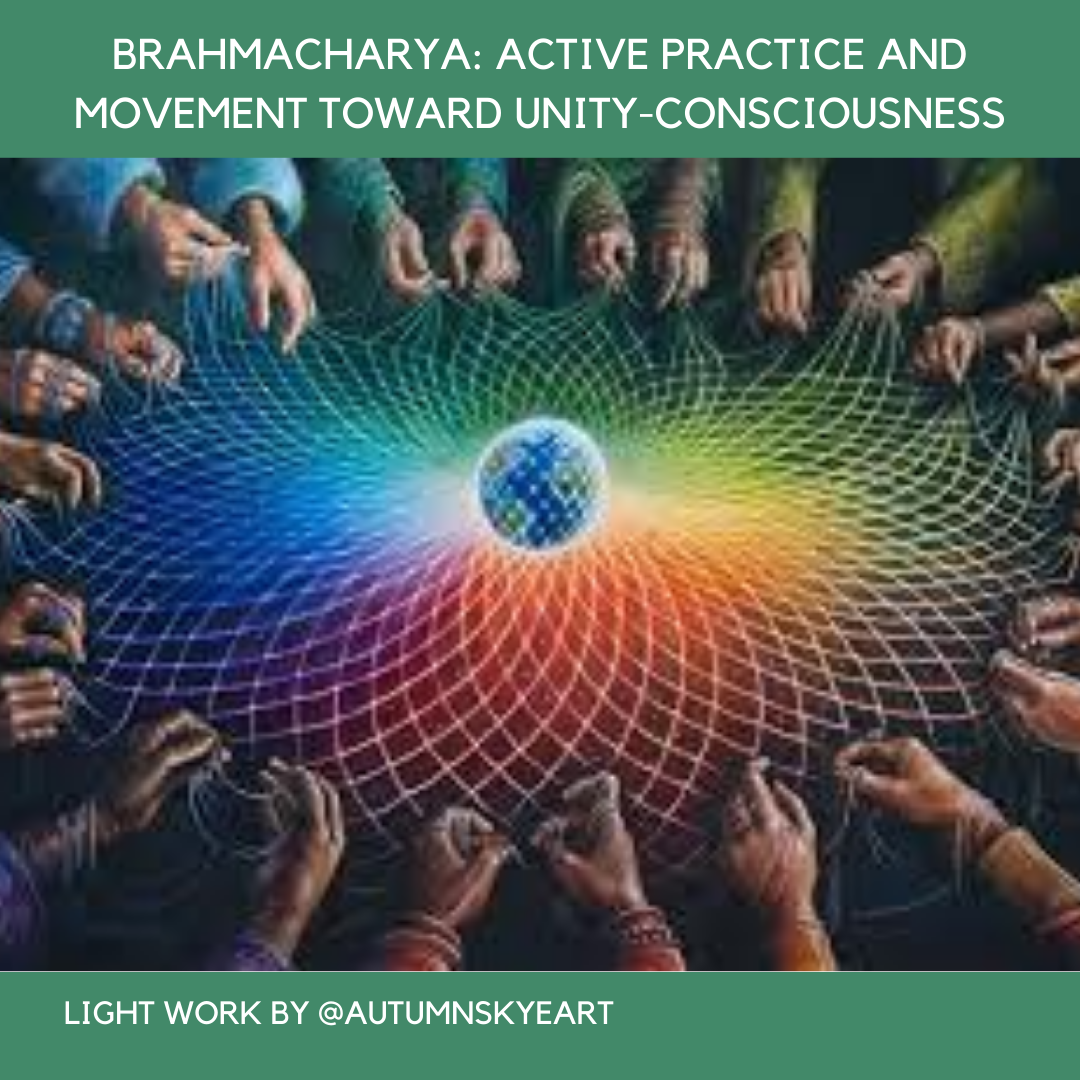
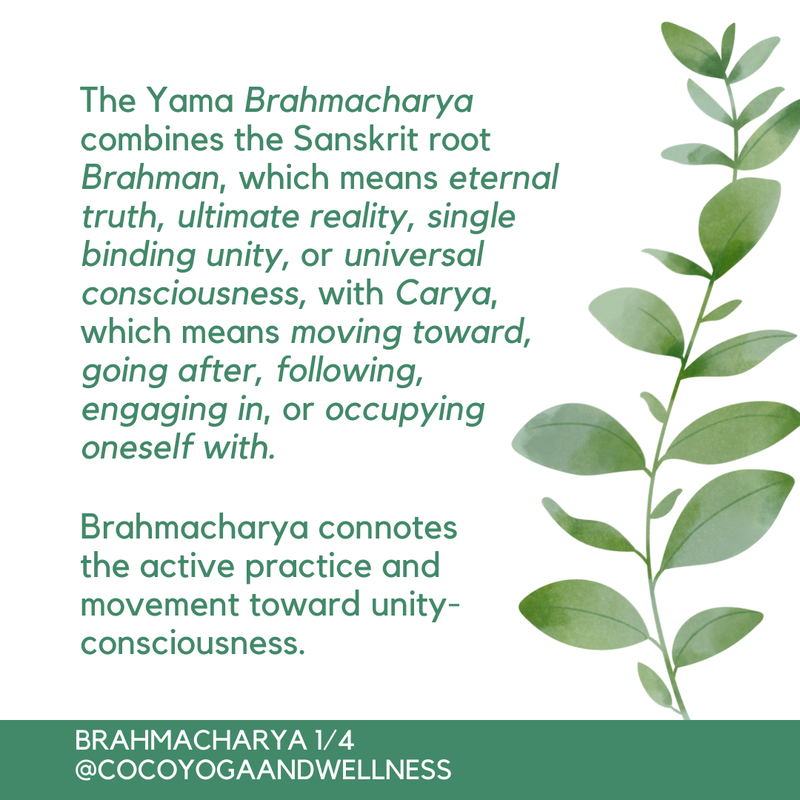
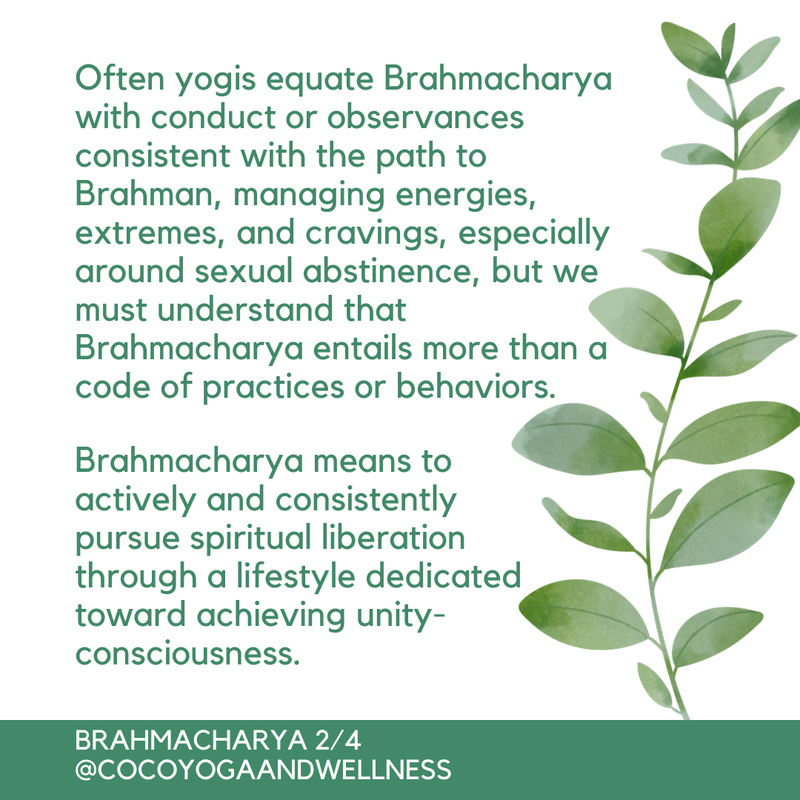
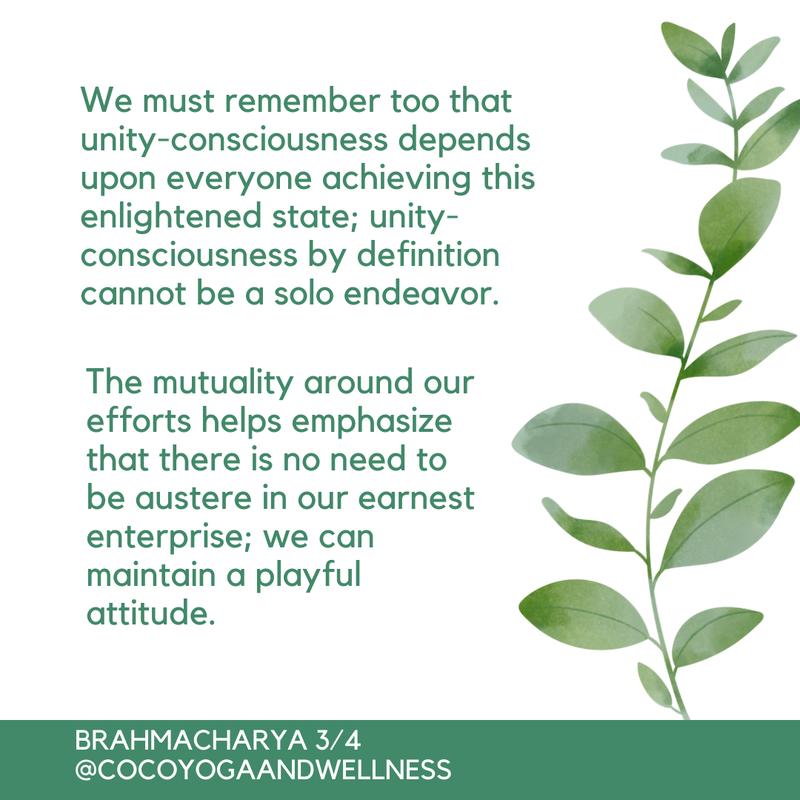
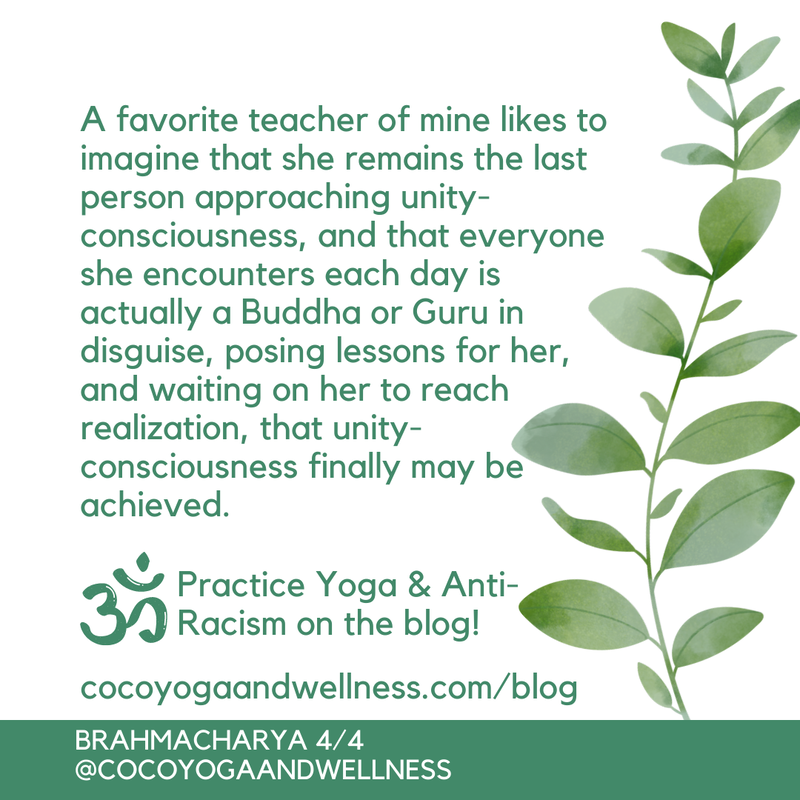
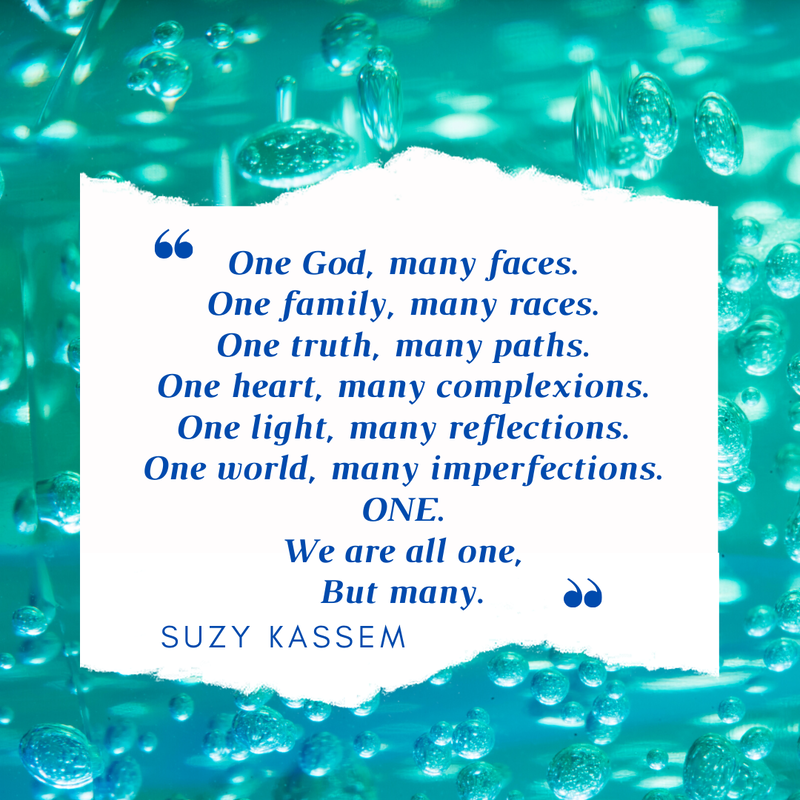

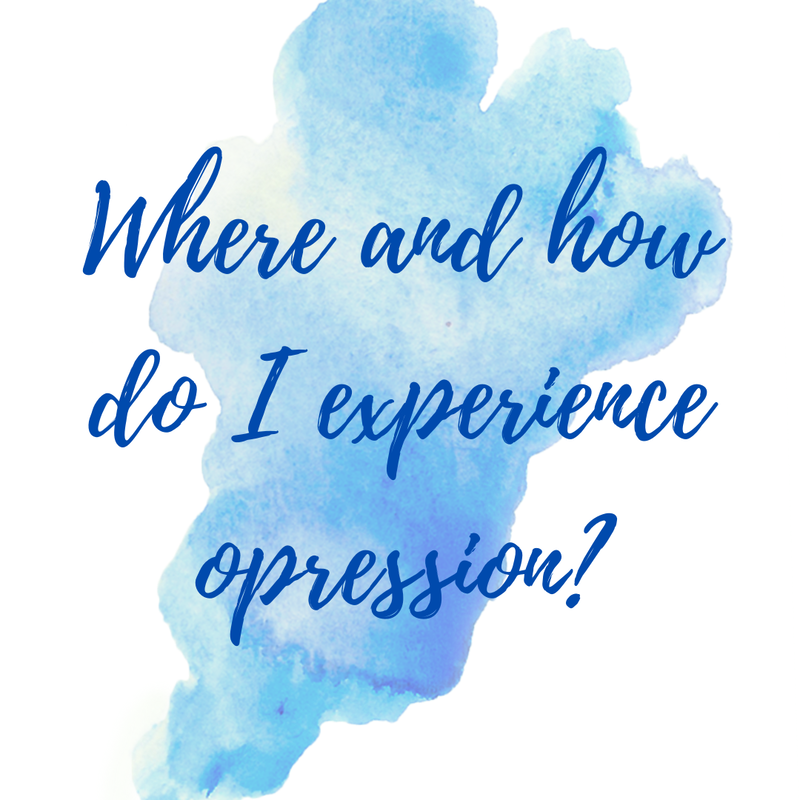


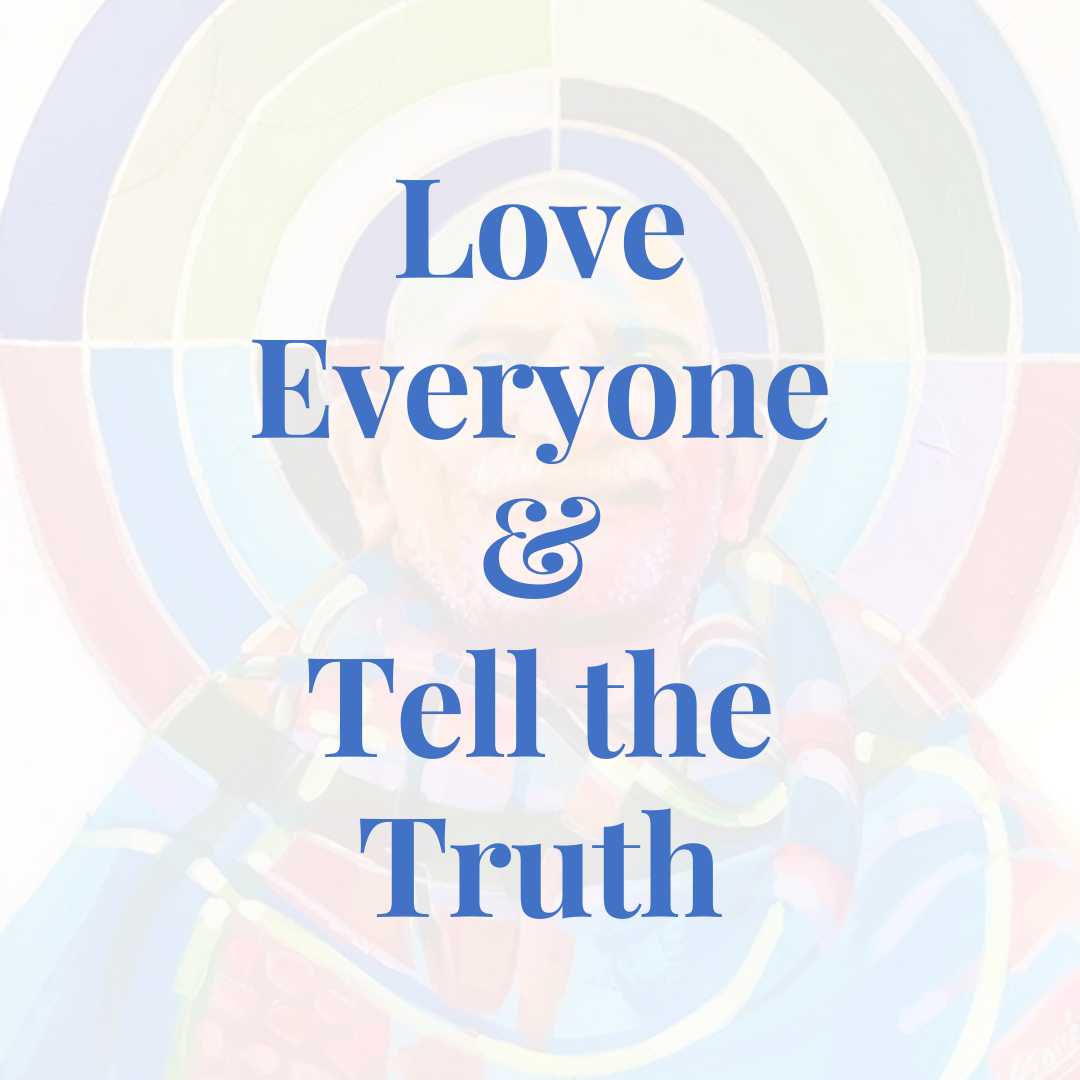
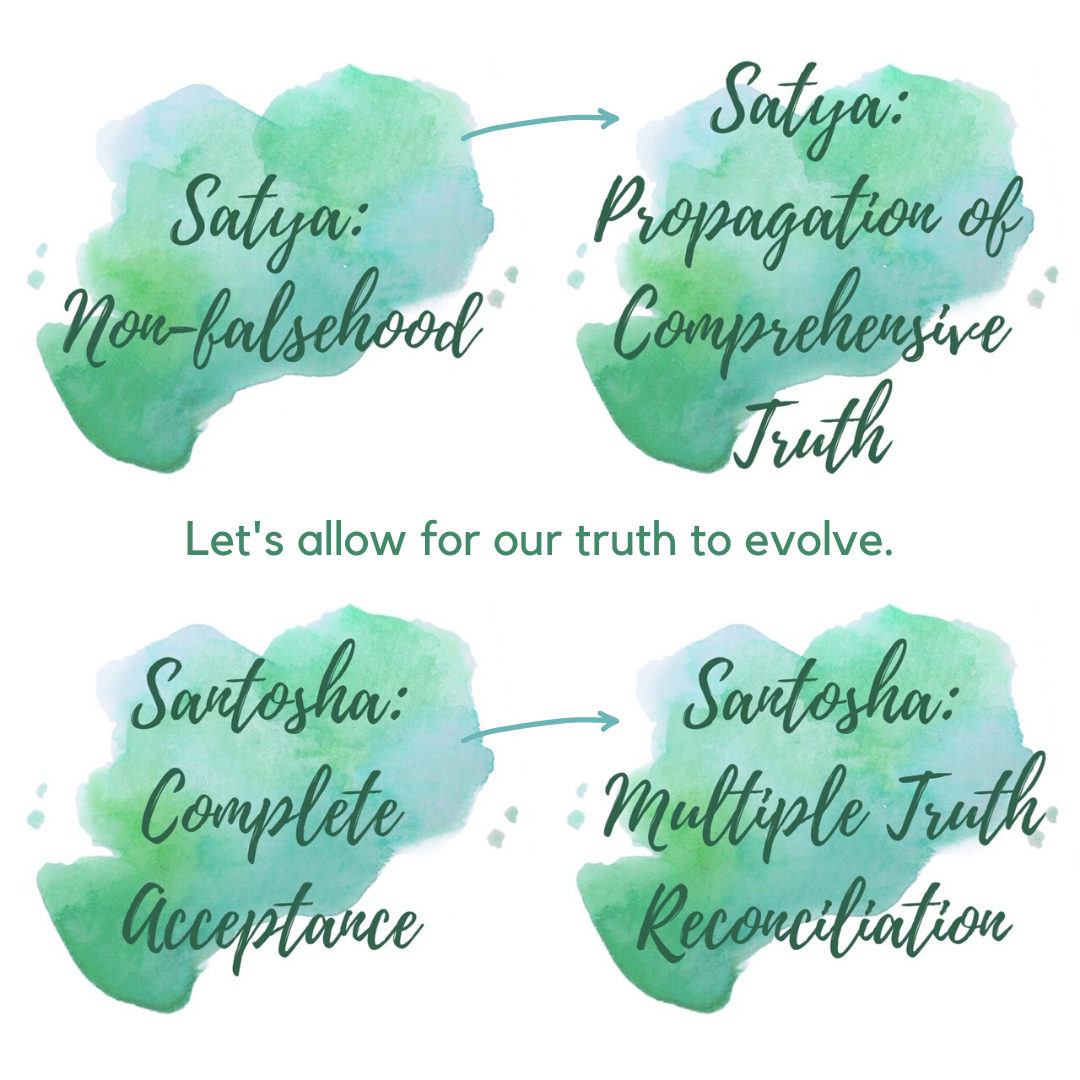

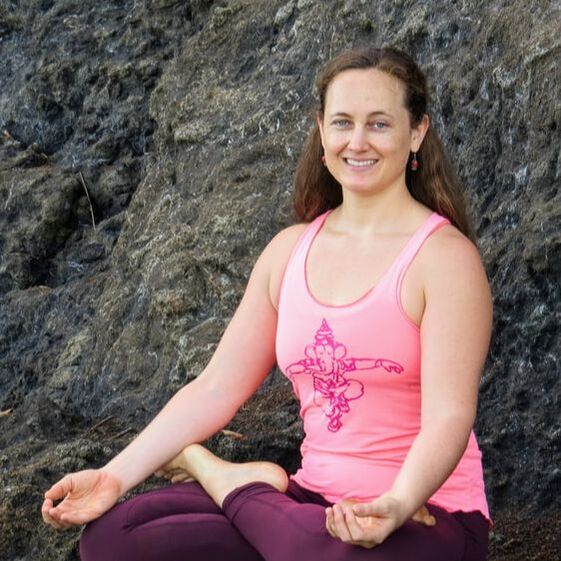
 RSS Feed
RSS Feed
